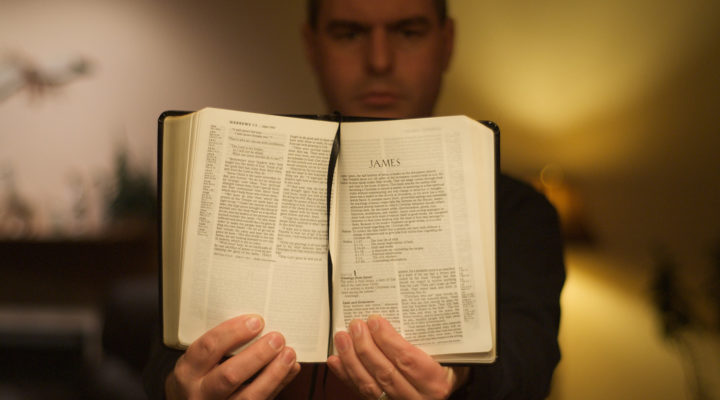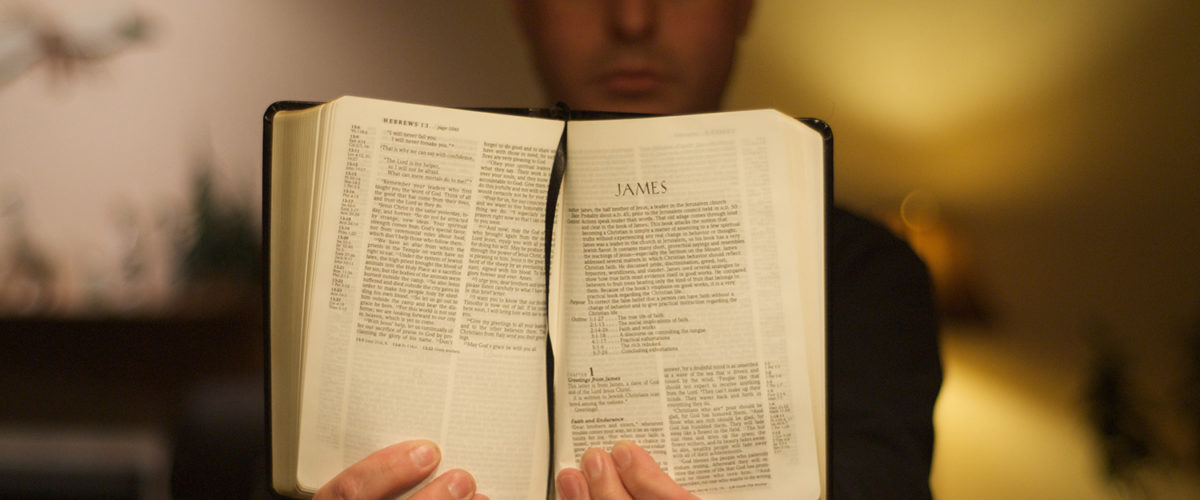Let’s face it: New Year’s resolutions are mostly a lot of talk.
Gyms that are crowded in January and February thin out to normal levels by March and April. Fad diets fade and new savings accounts are bled dry.
And newly minted Scripture-reading habits, it seems, fare about the same.
“As with those gym memberships, intentions and reality don’t always align,” the Barna Group said in a new study titled “Bible Reading in 2017: A New Year’s Resolution.”
“Most Americans,” Barna found, “are not satisfied with their current level of Scripture reading.” — at 61 percent — said they want to read the Bible more than they do now.
Make a time and stick to it
But turning that desire into sustainable action takes some planning, said Tim Rayborn, pastor of Believers Baptist Fellowship in Hendersonville, Tenn.
It’s not enough just to wish for the motivation to read the Bible or read it more often, Rayborn told Baptist News Global. First, there is the matter of the calendar and the clock.
“I would tell them to make a definite time every day and to stick to it,” Rayborn said.
Then a reading strategy should be selected. Many like to read the Bible through from beginning to end.
“Everybody ought to do that at least once just for the discipline of it.”
Another approach to select biblical books or passages the reader finds inspiring. It’s also important not to try to read too much each day.
“I try to do a book at a time,” Rayborn said. Currently, he studies whatever book his adult Bible class is reading.
The kind of Bible also matters, especially for someone new to it.
“If I had difficulty reading through it, the next thing I would try is a modern translation so that it’s more up to date and more interesting,” Rayborn said.
Bible held in high regard
That interest gives way to inspiration, Barna reported.
Most American adults — at 57 percent — who read the Bible say they do so because it brings them closer to God.
The statistics uncovered by Barna are revealing.
 It found that women desire to increase their Scripture reading more than men do and that Boomers, at 68 percent, outstrip Millennials at 55 percent.
It found that women desire to increase their Scripture reading more than men do and that Boomers, at 68 percent, outstrip Millennials at 55 percent.
Ethnicity makes a difference, too, Barna reported. Non-white Americans, at 68 percent, want to read more Scripture. That’s compared to 58 percent of White Americans who were questioned.
Geography also plays a role. Barna said 70 percent of Southerners expressed the desire to increase their Bible intake, compared to those in the Northeast, at 55 percent.
Not surprisingly, 85 percent of evangelical Christians also share that desire, according to Barna.
Despite the differences, the organization said it found that Bible reading is generally stable.
About two-thirds of Americans said the practice had remained constant in their lives.
“Fewer people are seeing a decrease in Bible reading … but fewer people are also seeing an increase,” Barna said.
The results should come as no surprise, Roxanne Stone, editor and chief of Barna, said in the report.
“We have consistently seen in our research that, even with skepticism on the rise, Americans still hold the Bible in high regard,” Stone said.



